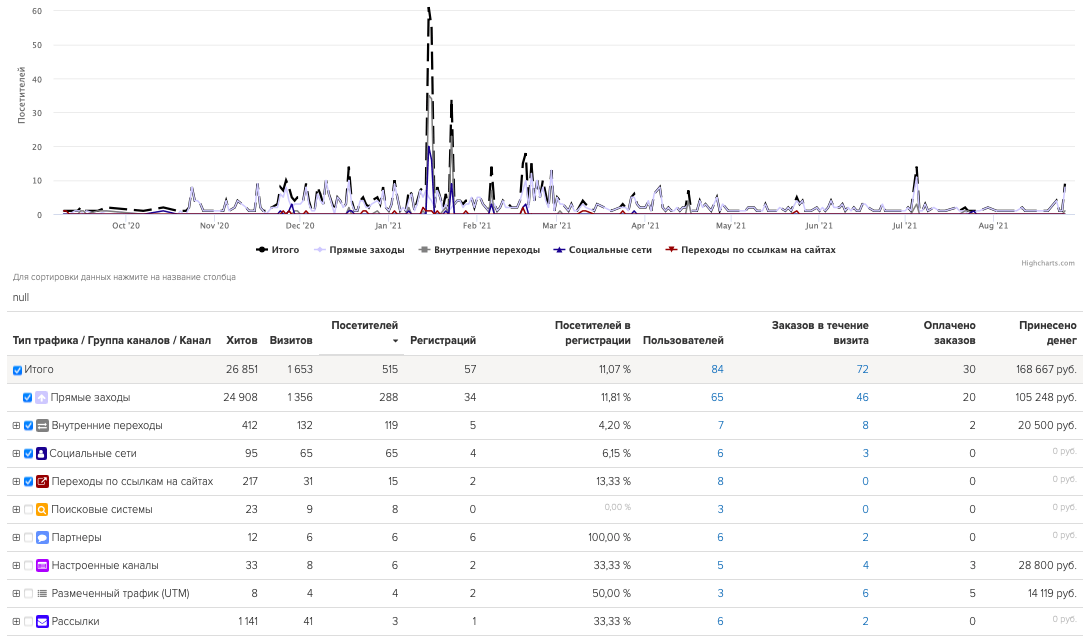![]()
Ольга Гогаладзе
основатель школы PRO.FINANSY
До запуска нашей школы на GetCourse мы пробовали работать на другой более дешевой платформе. В итоге качество нашего образования очень сильно пострадало — система не справлялась с отдачей: мы открывали урок, и все сразу же висло.
На GetCourse эта проблема исчезла. Там ты записываешь видео и загружаешь его на платформу — все. Оно самостоятельно воспроизводится, и тебе не нужно думать о скорости отдачи. Сервис работает очень качественно.
Показать больше
![]()
Татьяна Маричева
основатель и автор курса «Школа Продюсера Татьяны Маричевой»
Мы сотрудничаем с GetCourse с 2018 года, и это наша основная платформа — на ней мы работаем с маркетингом, продажами и обучающим контентом. Больше всего возможностей мы используем именно в LMS-платформе. С помощью GC мы смогли реализовать все наши самые непростые задумки — например, нестандартный вид обучающих тренингов. В этом плане GetCourse для нас — это возможность делать обучение студентов абсолютно уникальным. Мы являемся партнёрами GetCourse и входим в топ-2 по привлечению клиентов. Кроме нашего основного обучения, мы помогаем нашим студентам полноценно запускать и переносить свои онлайн-школы на GetCourse. Очень рады нашему трёхлетнему беспрерывному и плодотворному сотрудничеству. Спасибо вам за такую возможность!
Показать больше
![]()
Александр Згода
генеральный директор Центра образовательных технологий Advance
GetCourse наверное единственная в нашей стране платформа способная закрыть множество потребностей онлайн-школ.
Отдельно хочется отметить интеграцию разных сервисов по "нажатию одной кнопки" и гибкость команды при решении сложных задач своих клиентов
Показать больше
![]()
Александр Скворцов и Рустам Габдельхаков
сооснователи онлайн-школы 5D Academy
Сотрудничаем с платформой не так давно, но уже успели оценить плюсы от партнерства👍 Самые передовые интеграции и широкий функционал — вот почему мы выбрали именно GetCourse для размещения своих образовательных программ.
![]()
Артем Колотов
сооснователь онлайн-школы домашних кондитеров Pauline School
GetCourse — многофункциональная платформа, сочетающая в себе все нужные для онлайн-бизнеса инструменты: LMS, CRM, различные платежные системы, инструменты для анализа трафика и конструктор процессов, позволяющий воплотить любые бизнес-идеи. Несомненный плюс — все это собрано в одном месте. Нет нужды подключать дополнительные сервисы. Ты можешь выстроить весь путь клиента внутри Getcourse — от посадочной страницы-лендинга и воронок в мессенджерах до процесса обучения, в котором можно реализовать любой формат прохождения уроков. Функционал Getcourse позволил нам работать не только на территории стран СНГ, но и успешно выйти на международный рынок.
Показать больше
![]()
София Рожновская
создатель проекта «Ракета»
Уже более 4 лет наши ученики проходят обучение на платформе GetCourse. За это время при помощи платформы мы объединили задачи по продажам курса и коммуникацию с учениками в одном сервисе.Программа обучения многогранна. Мы заинтересованы в полном погружении в курс наших учеников с помощью тренингов, семинаров, онлайн-вебинаров. И GetCourse позволяет это всё реализовать в лучшем виде.
Хочу выделить ключевые преимущества сервиса GetCourse перед другими платформами для организации онлайн-бизнеса:
• Удобная и понятная CRM-система
• Организация рассылок (email, мессенджеры, смс)
• Встроенная система по приёму платежей
• Многофункциональный конструктор воронок
• Удобный конструктор лендингов и сайтов
• Автоматизация процессов - пожалуй, самый актуальный инструмент, который повышает эффективность выполнения задач и здорово экономит время команды!
Вывод напрашивается сам собой: GetCourse - идеальное решение для инфобизнеса!
Показать больше
![]()
Дмитрий Останин
Продюсерский центр BIRCH
GetCourse позволяет нам увеличивать LTV. Мы сделали классный продукт, и с помощью грамотной сегментации и маркетинговых инструментов геткурса (видимость блоков, рассылок, аналитики, CRM и других) смогли добиться покупки во второй продукт в 75%! Третий продукт Школы Фитнеса Кати Усмановой покупают 41%.
Показать больше
![]()
Евгения Адриященко
Я работаю с GetCourse с 2019 года. Здесь находятся все мои образовательные курсы, которые прошли тысячи учеников. Удобный интерфейс как для десктопной версии, так и для мобильного приложения. Отличная работа системы «ответ на домашнее задание — оповещение», ведь мой приоритет дать качественную обратную связь ученикам в кратчайшие сроки.
Возможность проводить вебинары внутри платформы, подключать ссылки для перехода на чат-боты в мессенджерах и множество других полезных функций, которые упрощают работу моей школы.
Если случаются какие-то неполадки — обратная связь от техподдержки очень быстрая. Здесь работают обученные, компетентные специалисты, которые выполнят свою работу достойно.
Я очень благодарна команде GetCourse за разработку столь полезной платформы для образовательного контента.
Показать больше
![]()
Алексей Маринов
CEO GetHelpers
GetCourse — лучшая платформа для онлайн-школ. Многие думают, что это просто система выдачи доступов к урокам. Но нет — это настоящий бизнес-партнер. Автовебинары, рассылки, звонки, смс, прием платежей, аналитика, сайты, геймификация, чат-боты, хелпдеск и еще десяток функций — все это можно сделать на одной платформе. И это очень круто и удобно. Я рад, что уже 4 года использую только одну платформу и постоянно повышаю свой доход и доход клиентов, использующих GetCourse. От души его всем рекомендую.
Показать больше
![]()
Роман Горбачёв
основатель дизайн-студии и школы Логомашина
Работаем с GetCourse с открытия нашей школы. Из плюсов системы: широкие возможности к сегментации базы, настройка триггерных событий и воронок продаж, легко интегрируется со сторонними сервисами.
Отдельное спасибо за видеохостинг. У GetCourse большой обучающий блог и оперативная служба технической поддержки.
Показать больше
![]()
Иван Шелевей
продюсер проекта «Сила Воли»
Уже в 2015 году мы с помощью платформы GetCourse могли делать адаптированный онлайн-курс – разбивали участников автоматически на 108 групп. В итоге каждый получал свою программу.
![]()
Лилия Любимова
основатель Школы астрологии Лилии Любимовой
Используем платформу GetCourse с 2017 года. За это время наша Школа выросла в несколько раз, увеличилось количество обучающих курсов. Очень классно, что технические возможности платформы всегда только помогали проекту развиваться, а набор функционала полностью соответствует современным требованиямт — не только с технической точки зрения, но и с точки зрения маркетинга и продаж.
Показать больше
![]()
Елена Антоновская
сооснователь криптовалютного сообщества Coin Side
Работаем с GetCourse четвертый год.
Платформа имеет широкий функционал для онлайн-школ: здесь и автоматизация воронок, и процессов, и рассылок. Оперативная техподдержка — многие вопросы решили быстро и качественно.
Некоторые пожелания по доработке каких-либо моментов передаем через ТП. В целом все устраивает, продолжаем сотрудничество.
Показать больше
![]()
Александр Самсонов
операционный директор школы MARKETPLAY
GetCourse - это самый многофункциональный инструмент для работы с образовательными продуктами. Нам удалось очень просто реализовать наши образовательные задачи для учеников, чтобы сделать процесс максимально качественным.
![]()
Мария Гладких
блогер, автор онлайн-курса «Танцуй с Гладких»
Вопроса, где размещать наши уроки, даже не стояло. Мы сразу понимали, что будем работать только с платформой GetCourse. Что особо хочется отметить, так это суперудобную интеграцию с любыми платежными системами и огненную работу техподдержки. Если возникает какой-то технический вопрос, его можно спокойно решить через Getcourse, они всегда подскажут и направят. К тому же на платформе можно найти статьи просто по любому вопросу, что помогает гораздо быстрее решать задачи.
Показать больше
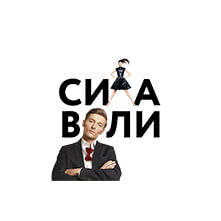


















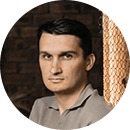

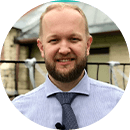









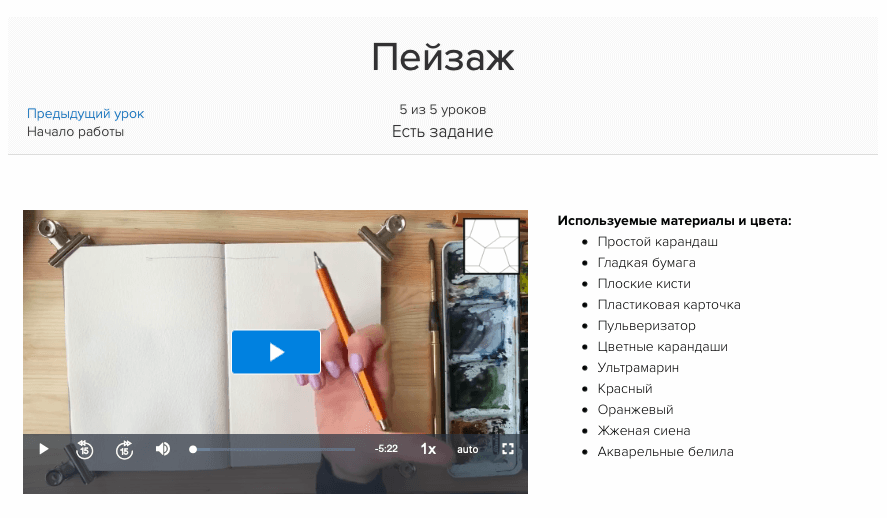

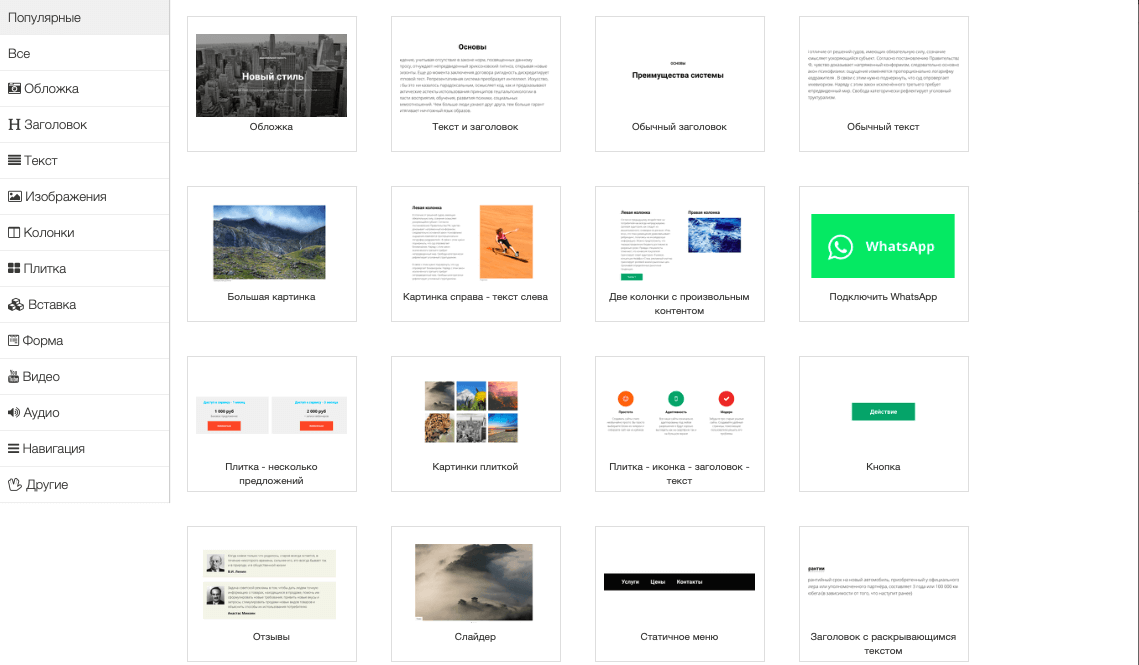








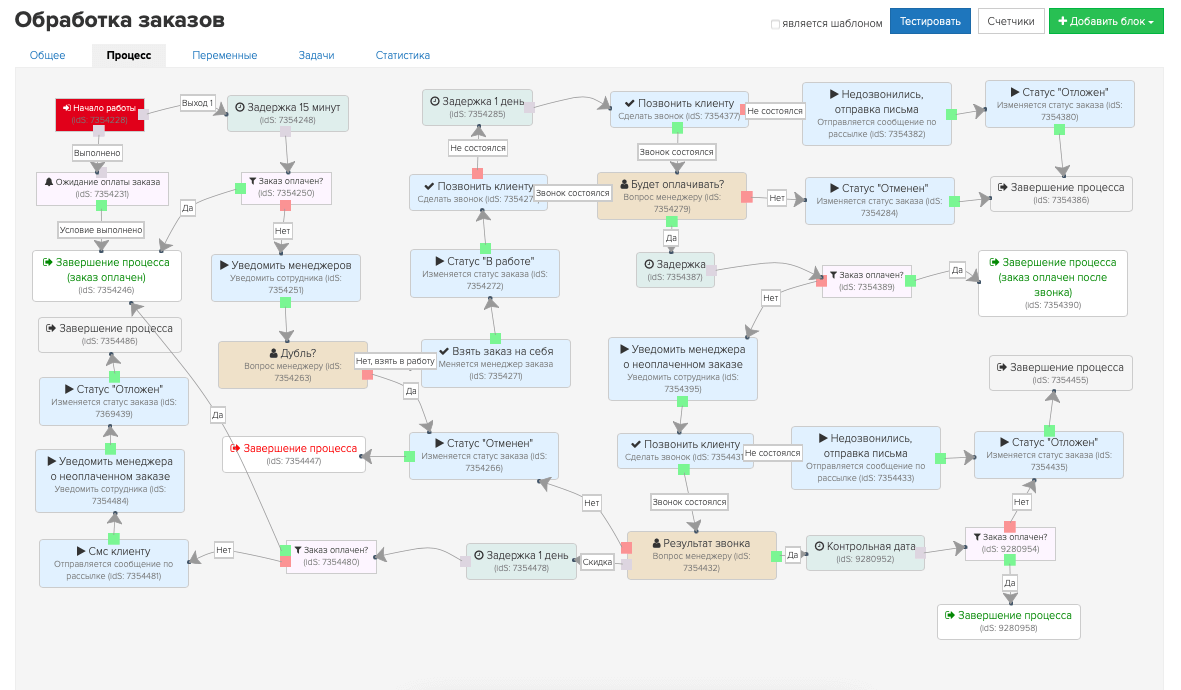



 +25
+25 

